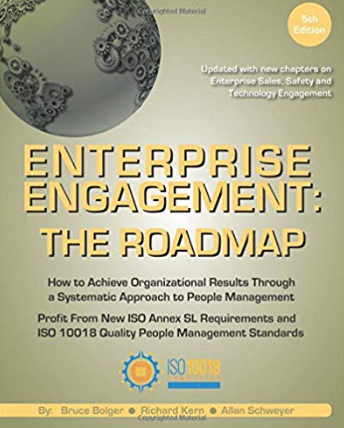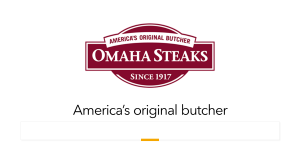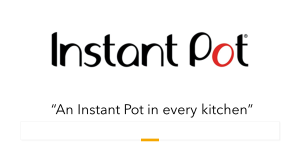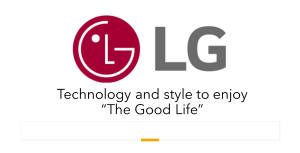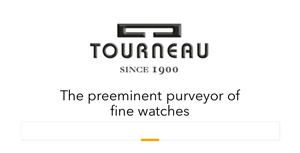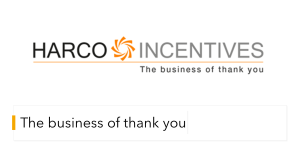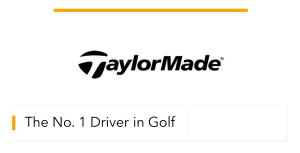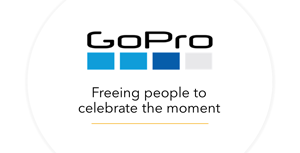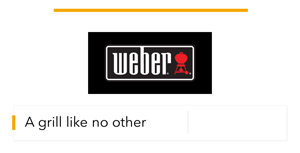Insight: Will the Big Brands Rediscover the IRR Marketplace?
 The incentive, rewards, and recognition (IRR) market once filled two exhibit halls each year in New York and Chicago with over 300,000 square feet each of exhibits and thousands of attendees rivaling today’s Promotional Products Association International and Advertising Specialty Institute events. What happened and could it come back?
The incentive, rewards, and recognition (IRR) market once filled two exhibit halls each year in New York and Chicago with over 300,000 square feet each of exhibits and thousands of attendees rivaling today’s Promotional Products Association International and Advertising Specialty Institute events. What happened and could it come back?By Bruce Bolger
The Glory Days—Focus on Education With End-User, Agency, and Academic Speakers and Case Studies
Why the Collapse in Brand Interest?
Two Potential Drivers of Change: Untapped Value and Omni-Channel Marketing
Click here for links to RRN Preferred Solution Providers.
Have you seen the new M&M Mars personal and business gifting solution? Offered as options for both consumers and businesses, anyone can go to the site, select colors and images for the M&Ms, and customize the packaging for any type of personal or business occasion. Mars is not alone. 1-800FLOWERS.com, with a dedicated corporate web site and a Smart Gifting tech platform, and Citizen Watch America, which has a line specifically for the corporate market in a division led by a senior vice president, are examples of the way hundreds of brands went to market before the Great Recession. Not only did the brands view the corporate market as an important niche, they recognized the value of having thousands of companies literally paying to market their brands to millions of American workers through incentive, recognition, and loyalty catalogs and related program communications.

Beyond these companies, a few leading apparel, accessories, and outdoors brands exhibit at the promotional products shows but nothing compares with the vitality of the IRR industry until the Great Recession. The Great Recession focus on core retail markets by brands has over the years shifted to an entirely new reality for brands—a complete breakdown of the traditional go-to-market strategy and a near free-for-all in tapping business opportunities and channels. Given the current focus on omni-channel marketing, does it make sense for brands to leave the tens of billions in business gifting and reward programs to retail employees who do not have the slightest idea of how to correctly design a program or otherwise express appreciation in a way meaningful to the recipient and organization?
The Glory Days—Focus on Education With End-User, Agency, and Academic Speakers and Case Studies
Once upon a time there were two enormous trade shows, The Motivation Show in Chicago and the Premium Incentive Show in New York, featuring dozens of education programs with an equal number of speakers from corporations and agencies focused on how to enhance performance through properly designed incentive and recognition companies. While the exhibit floor was filled mostly with reward and technology solutions, the education focused on program design, key trends, return on investment. At its peak in the early 2000s, there were four trade publications specifically focused on the market, Incentive, Premium Incentive Business, Potentials, Premium Incentive Products, and Motivation Strategies, which split into RRN at RewardsRecognitionNetwork.com and ESM at EnterpriseEngagement.org when the print publications went digital during the Great Recession.
Together, before the Great Recession, the brands in merchandise, retail gift cards, and technology invested significantly in their own marketing, as well as in industry research, outreach, and education, particularly at The Motivation Show and New York Incentive Show, like the travel brands and incentive companies continue to do for the Incentive Research Foundation and IMEX. Whatever investment by gift cards and merchandise today in marketing and market outreach is a shadow of its former self.
Why the Collapse in Brand Interest?
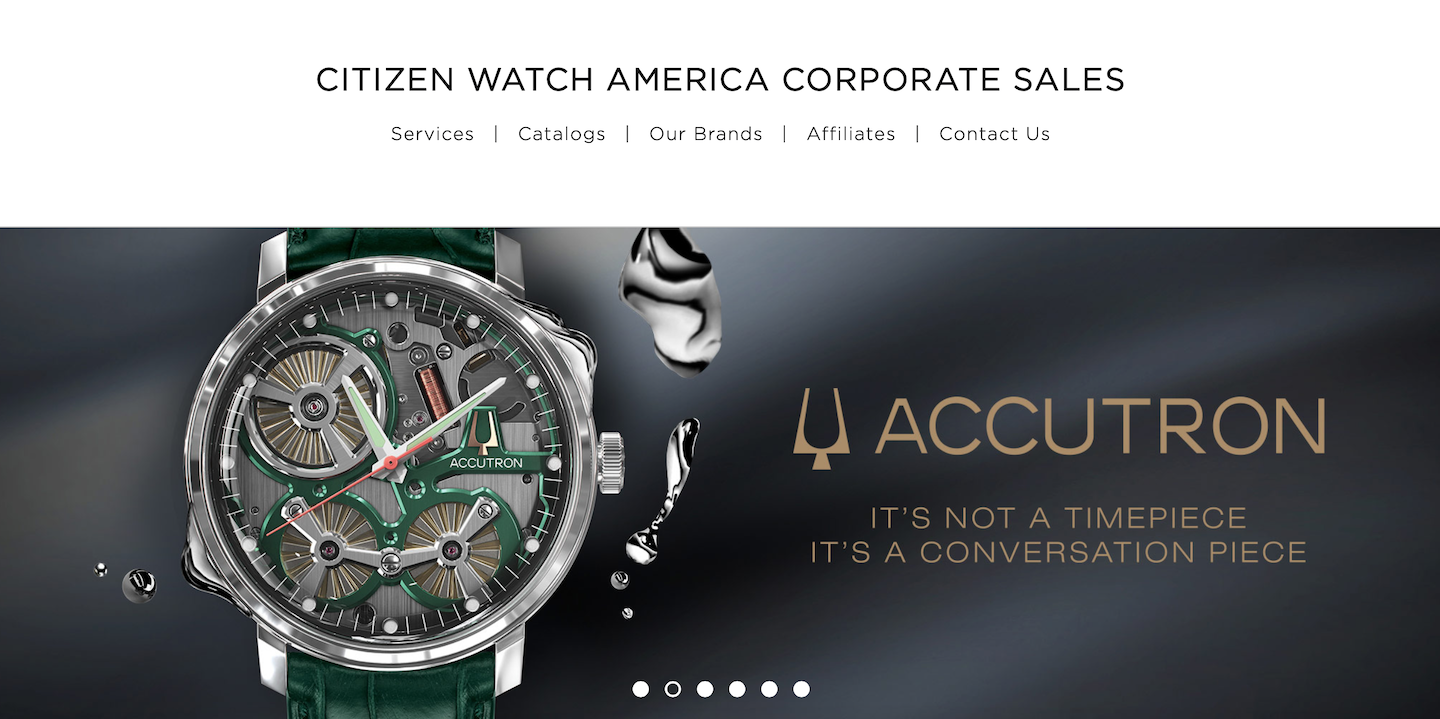 One can trace the collapse of the industry’s two leading trade shows to the rise of digital marketing and the growing difficulty of attracting end-users and resellers in sufficient volume to justify the cost of traditional trade show marketing, and to competitive pressures from the promotional products and travel shows. That said, the collapse of the shows doesn’t account for another big change in the way the brands addressed the market: they went from inhouse management to an outsourced model. Within a period of five years, the major brands simply shut down the internal departments that managed the industry providing almost no support to the wholesalers to whom they farmed it out.
One can trace the collapse of the industry’s two leading trade shows to the rise of digital marketing and the growing difficulty of attracting end-users and resellers in sufficient volume to justify the cost of traditional trade show marketing, and to competitive pressures from the promotional products and travel shows. That said, the collapse of the shows doesn’t account for another big change in the way the brands addressed the market: they went from inhouse management to an outsourced model. Within a period of five years, the major brands simply shut down the internal departments that managed the industry providing almost no support to the wholesalers to whom they farmed it out.In the 2000s, Amazon made a big entry and it too dropped out for reasons never publicly reported but presumably because sales tax issues at the time outweighed the IRR market opportunity.
Chopping the special markets divisions, which senior management didn’t understand anyway, was low-hanging fruit for the cost cuts necessary to endure the recession. The result, precisely at a time when the use of non-cash rewards continues to thrive in almost all domains, the brands are spending little to market this business to their own customers, many of whom must be managers or leaders at the 200,000 or more organizations with sales of $10 million or more who are buying from retail because they don’t know better, and who could get better results if they purchased through someone with meaningful expertise.
The brands today provide virtually no marketing support for the master fulfillment companies to whom they have entrusted the business, which are mostly small- to medium-size businesses without the resources to significantly expand out of the incentive, recognition, loyalty, and leading promotional distributors they already serve—certainly not to help educate 200,000 businesses.
Two Potential Drivers of Change: Untapped Value and Omni-Channel Marketing
The obvious amount of sales and marketing visibility brands are leaving on the table in the corporate market, and the rise of omni-channel marketing to create a seamless consumer experience may drive many brands to rethink their retreat from the corporate market, especially because the leading travel companies continue to make considerable investments.Untapped value. By any obvious measure, a large percentage of the IRR business moves through retail because most people have never heard
 of incentive representatives, incentive, or recognition companies, or they do not value the potential measurable impact of designing measurable programs with desirable results. The less than 100 incentive and recognition companies—versus at least 8,000 marketing agencies in the US—simply cannot reach or make money serving the 200,000 or more organizations that need better ways to engage people. This leaves most companies devoid of expertise, for it's better to buy from someone who knows what questions to ask and provide recommendations to ensure a favorable outcome, be they representatives of brands provided with proper knowledge and support, or the corporate division of a retailer with similar training and experience. Consumer-oriented brick-and-mortar companies and web sites simply are not equipped to address even basic corporate gifting let alone incentive, recognition, or appreciation needs.
of incentive representatives, incentive, or recognition companies, or they do not value the potential measurable impact of designing measurable programs with desirable results. The less than 100 incentive and recognition companies—versus at least 8,000 marketing agencies in the US—simply cannot reach or make money serving the 200,000 or more organizations that need better ways to engage people. This leaves most companies devoid of expertise, for it's better to buy from someone who knows what questions to ask and provide recommendations to ensure a favorable outcome, be they representatives of brands provided with proper knowledge and support, or the corporate division of a retailer with similar training and experience. Consumer-oriented brick-and-mortar companies and web sites simply are not equipped to address even basic corporate gifting let alone incentive, recognition, or appreciation needs.Omni-channel marketing. The traditional distribution model of brand to retailer to consumer has almost collapsed, as more brands now sell directly via online sales or find new outlets beyond the struggling brick-and-mortar-based companies. At the same time, for the purposes of leveraging their vast audience and creating a seamless customer experience, brands are looking for ways to make it easier to cross-sell across all channels and business segments. Mars has figured out like a few other brands that having a corporate solution is simply another approach to omni-channel marketing, since so many of its customers might have reason to use the product for business or gifting as well.
Smart brands develop distribution strategies with promotional or other distribution partners who can provide the expertise on how to design, promote, and measure the program necessary to achieve desirable results.
The traditional reason for brands to avoid this market—channel conflict and sales tax issues—have all but gone away for most brands, which now live in a free-for-all of distribution outlets. The reasons to avoid what the Incentive Federation industry studies suggest could be as much as $100 billion market moving through retail have begun to fall away.
Click here for a primer on the IRR marketplace and a guide for brands and retail gift cards.
For More Information
Bruce Bolger, Founder
Enterprise Engagement Alliance
914-591-7600, ext. 230
Bolger@TheEEA.org
How RRN and Brand Media Coalition: Your Partner in Success in Incentives, Rewards, and Recognition
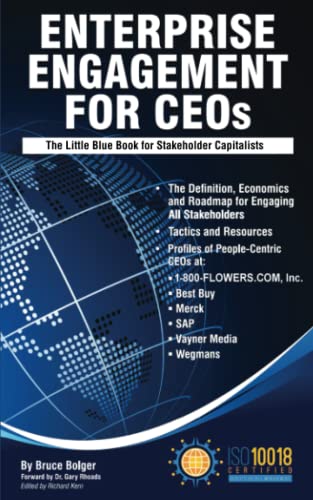
Published by the Enterprise Engagement Alliance at TheEEA.org
- The only weekly news, how-to and resource publication of record for the Incentive, Rewards, and Recognition field.
- The only marketing agency focusing specifically on the IRR and broader engagement marketplace.
- All the industry news, research, announcements, and how-to articles read by over 20,000 end-users in sales, marketing, and human resources; incentive, recognition, loyalty and promotional companies, as well as marketing and human resources agencies, seeking to enhance performance through effectively designed incentive programs.
- Unparalleled business development services for engagement, incentive and incentive travel, recognition firms; brands, gift cards and master fulfillment companies, and technology firms, featuring ROI-based business development strategy design and ongoing digital and social media and e-newsletter communications to help marketers profit in the coming era of cookie-less marketing.
- Unique abilities for solution providers to sponsor authoritative, evergreen content directly related to what they sell through the EEA’s Effective Practices series on articles in our media platforms.
- EEA YouTube Channel with over three dozen how-to and insight videos and growing with nearly 100 expert guests.
- Access to new technologies from EEA preferred solution providers enabling brands to create their own points-based or transactional redemption site.
- Unparalleled expertise in program design, return on investment measurement, reporting, and prescriptive analytics.


.jpg)
